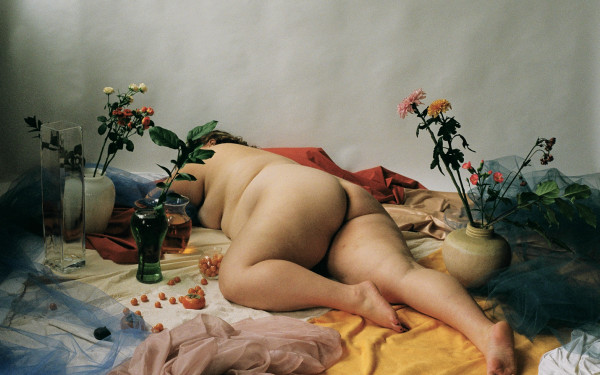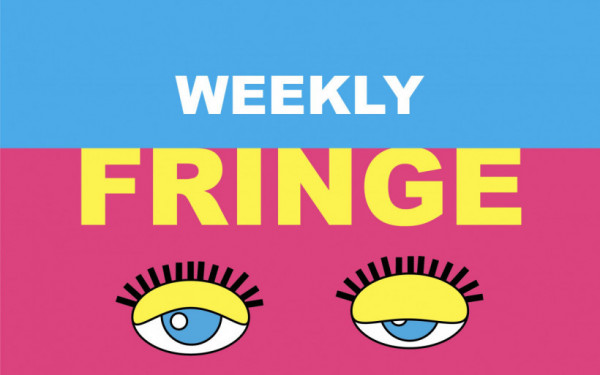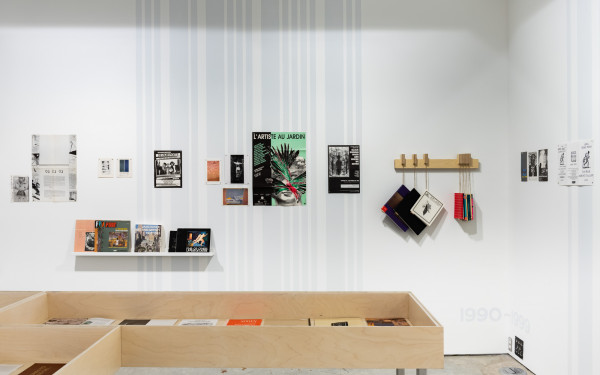‘Constitutions’ exhibition critiques caste politics, capitalism, fake news, and oppression
Leonard Bina & Ellen Art Gallery presents artists with first-hand experience with suffocating political conditions
Constitutions is a diversely linked and centrally connected art exhibition by five artists from various parts of India. The exhibition is on display at Concordia’s Leonard & Bina Ellen Art Gallery until Jan. 22, 2022. It features a mix of drawings, videos, slides, and sculptures.
Swapna Tamhane, the curator of the exhibit, selectively chose artists of a similar age group to focus on the persistence of age-old oppression. She wanted to feature artists who are actively working on contemporary issues in India. “I wanted to personalise the whole exhibit,” she said.
Tamhane assembled Constitutions by combining varied stories of the artists and highlighting the bodily imprint decades of oppression causes. She explained, through the exhibit, how discriminative mentality, capitalism, and socio-financial domination seeps into one’s physical body.
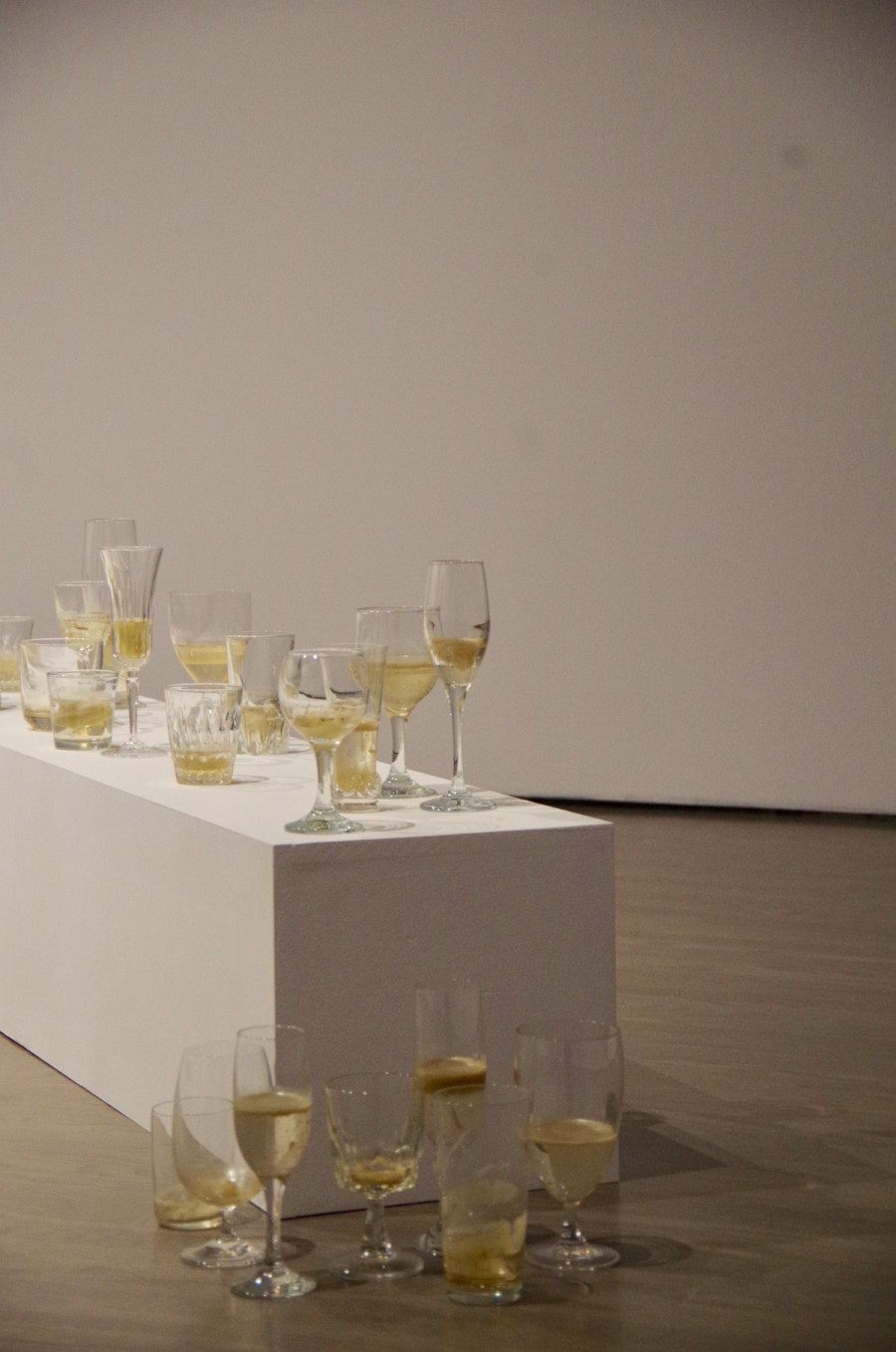
The exhibit is titled Constitutions based on some of the artists’ works. Showcased in the exhibition, artist Sajan Mani’s When the Hands Start Singing is a Malayalam translation of some bits of the Indian constitution, stylized with charcoal on paper. Sohrab Hura’s Scramble, is a brightly printed preamble to the Indian Constitution.
India’s social system is tainted with discriminatory caste politics. Groups of people who are viewed to be lower caste are labelled as Untouchables or Dalit, by birth. When the Indian constitution came into force on Jan. 26,1950, it abolished “Untouchability”. Great leaders like Mahatma Gandhi and Dr. B. R. Ambedhkar condemned the mentality behind the usage of the labels Dalit and Untouchable.
Manusmriti, a religious text that emphasises the oppressive hierarchy for social good, is highly criticized by the nation. However, many organisations still base their ideals and values on this discriminatory text.
The artist Rajyashri Goody’s collection, The Milk of The Tigress, showcases a pulp made out of Manusmriti which covers shelves carrying Dalit or Untouchable literature.
Artist Hura includes a set of hybrid images alongside Scramble that show two portraits, which with a closer look appear different than they are. His 10 minute motion art, The Lost Head and The Bird, shows 12 slightly different versions of a scorned lover stealing the head of their beloved. The artist addresses the issue of fake news and how it runs a parallel underneath a story.
Read more: Souk Habitat installation presents design through an intimate experience
Read more: Sounds and sights from the everyday on display at Fonderie Darling
“Body for me is the body of labour that is used, exploited and discarded.” — Prajakta Potnis
“It has been a pattern. [...] I was searching for big explosive events. But the real stuff has been happening in the undercurrents. They were happening more silently,” said Hura, during an online discussion called Conversations conducted by the gallery.
Another featured artist, Prajakta Potnis symbolizes the overburdened country and human body in her works Toxic Drawing, Attrition, and He woke up with seeds in his lungs. “Body for me is the body of labour that is used, exploited and discarded,” said Potnis in the artists’ discussion. According to her, the body being a vessel constitutes organs, slowly imploding and decaying.
Artist Birender Yadav, depicts how external circumstances can deform one's identity through his contribution to the exhibit Life Tools. His work is a soft-pastel and charcoal art that shows tongs growing legs and ladders with hands. “Tools are not just tools. They become the worker’s identity, personality and even their character,” said Yadav.
“This isn’t just a project. This is life,” he said.
The exhibition ends on Jan. 22, 2022, four days before India celebrates its 73rd Republic Day, the day which commemorates the establishment of the Indian Constitution.

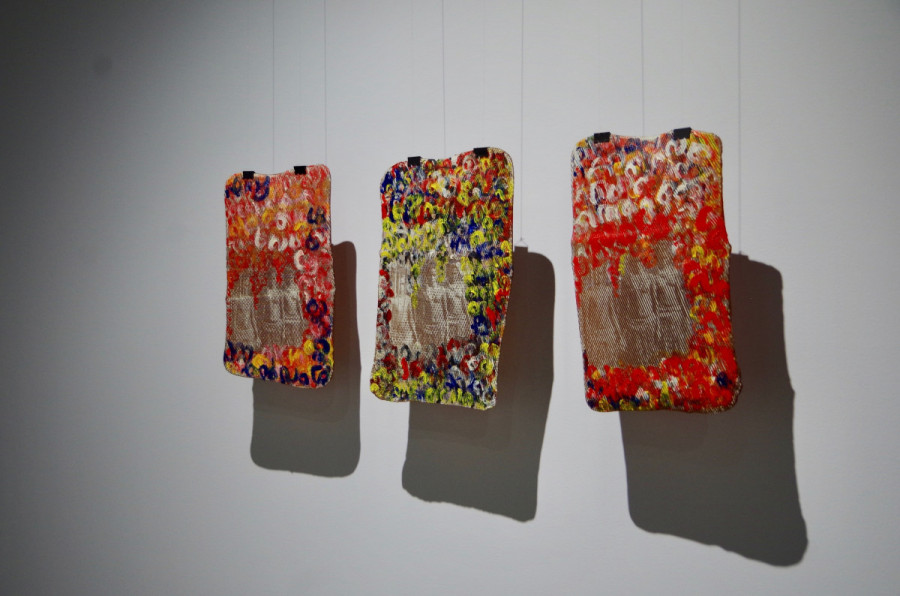
_600_832_s.png)

